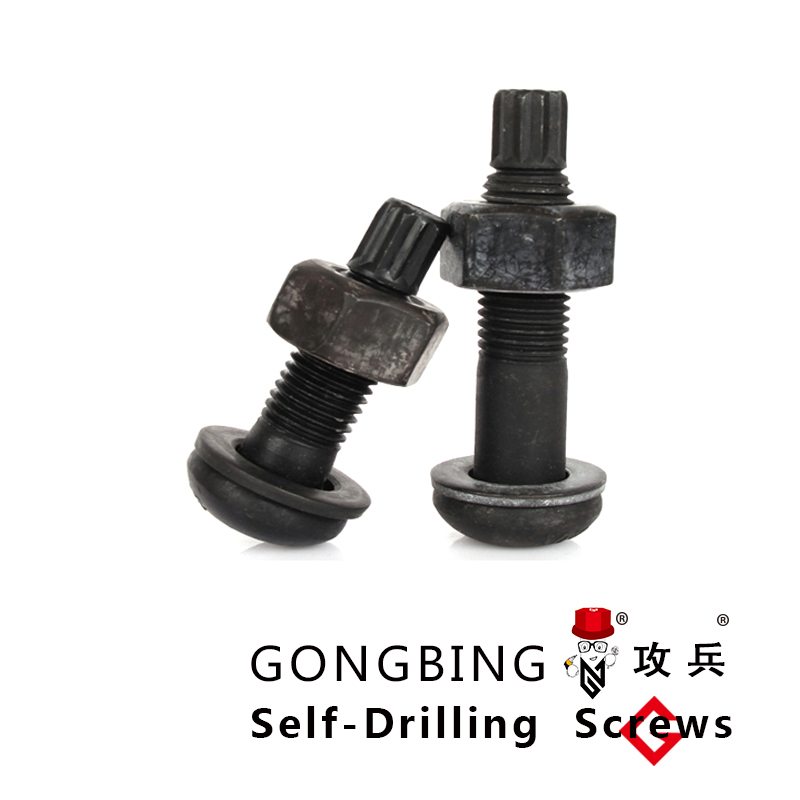wall expansion anchors
Understanding Wall Expansion Anchors A Comprehensive Overview
Wall expansion anchors play a crucial role in a variety of construction and renovation projects, providing reliable support for shelving, cabinetry, and other fixtures in masonry or drywall environments. As the name suggests, these anchors expand as they are driven into the wall, creating a secure hold that is essential for maintaining the integrity of the mounted items.
What Are Wall Expansion Anchors?
Wall expansion anchors are devices designed to allow the secure attachment of objects to walls. They come in various forms, including sleeve anchors, toggle bolts, and expansion bolts, each suited for specific wall types and load requirements. The fundamental principle behind these anchors is their ability to expand within the wall material when a screw or bolt is tightened, effectively distributing the load and preventing the anchor from pulling out.
Types of Wall Expansion Anchors
1. Sleeve Anchors Typically used in masonry applications, sleeve anchors consist of a bolt with a sleeve that expands when the bolt is tightened. They provide a strong grip in concrete, brick, and stone.
2. Toggle Bolts Ideal for hollow walls, such as drywall, toggle bolts consist of a bolt and a pair of wings that open up behind the wall once inserted. This design helps distribute the weight over a larger area, making them suitable for heavier items.
3. Expansion Bolts Commonly used in concrete, these bolts expand against the wall as a nut is tightened. They are known for their exceptional strength and ability to hold substantial loads.
Installation Process
The installation of wall expansion anchors can vary based on the type being used, but the general steps remain consistent
1. Select the Right Anchor Choose an anchor appropriate for the wall material and the weight of the object being mounted.
wall expansion anchors

2. Drill the Hole Using a drill bit that matches the size of the anchor, create a hole in the wall. Ensure the hole is deep enough to accommodate the length of the anchor.
3. Insert the Anchor Depending on the type of anchor, insert it into the hole. For sleeve and expansion bolts, it may be necessary to tap them in lightly with a hammer.
4. Attach the Fixture Position the item to be mounted against the wall and insert the screw or bolt through it into the anchor. Tighten it until secure, ensuring not to overtighten, which may lead to damage.
5. Check Stability After installation, tug gently on the mounted item to ensure it is stable and secure.
Applications and Benefits
Wall expansion anchors are commonly used in residential and commercial applications. They are essential for hanging items such as
- Shelves and bookcases - Heavy mirrors - Light fixtures - Cabinetry and storage units
The benefits of using wall expansion anchors include enhanced load-bearing capabilities, improved safety for mounted items, and ease of installation. By distributing weight evenly across the wall, they minimize the risk of damage, ensuring the mounted object remains secure over time.
Conclusion
In conclusion, wall expansion anchors are indispensable tools for effective wall mounting in various construction and DIY projects. With multiple types available, understanding their applications, installation methods, and benefits can enhance your building or renovation endeavors. Whether you are a seasoned contractor or a DIY enthusiast, utilizing the right wall expansion anchor will ensure that your projects are both safe and durable.
-
Wedge Anchor Bolts: Secure Fastening SolutionsTala FouAug.05,2025
-
Insulation Fixings: Secure and Durable SolutionsTala FouAug.05,2025
-
Full Threaded Studs: Versatile Fastening SolutionsTala FouAug.05,2025
-
Expanding Fasteners: Secure and Reliable SolutionsTala FouAug.05,2025
-
Butterfly Toggle Anchors: Secure and Easy to UseTala FouAug.05,2025
-
Bracing Solutions for Steel StructuresTala FouAug.05,2025
